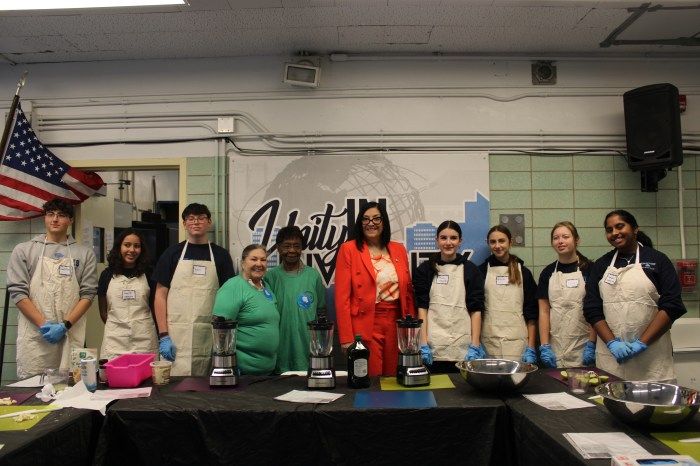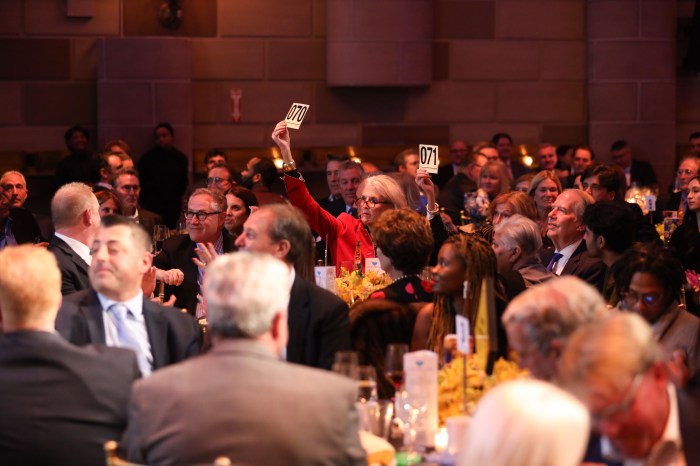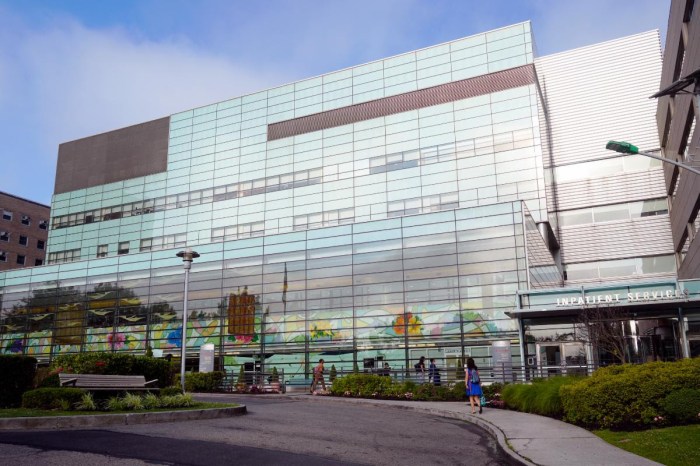For nearly four decades, Ed Begley, Jr. has been committed to saving our planet. Yet, despite his unwavering concern, the quiet crusader never gets preachy and never chastises those who don’t quite share his passion. In fact, his wife, actress Rachelle Carson, admits that while she really does care about the environment she also cares about aesthetics. And it is perhaps their ability to meet in the middle that makes it easier for others to go green by their example.
Begley totally understands that most people are resistant to making the necessary changes. “There’s a certain fear factor about ‘going green,’” he says in his new book, Living Like Ed. “My goal is to help you understand the choices you can make to simplify your life, to help the environment, to save energy, and to save money,” he continues.
It all began back in 1970, says Begley. Getting involved in the first Earth Day just seemed like the right thing to do, recalls the veteran actor. He started recycling, composting and buying biodegradable soaps—simple steps many of us already do without giving much thought. He also bought his first electric car—a rather bold move considering green cars weren’t too reliable back then. Ever since that fateful day, the committed environmentalist has vowed to “live simply so others may simply live.”
By 1990, Begley was ready to buy a small house and convert it into an energy-efficient, water-conserving, money-saving haven that would be a shrine to the environment. But why stop there? Now Begley is committed to helping others learn from his experience.
Considering it took him 38 years to get this far, the environmental pioneer doesn’t expect the rest of us to join in and play catch-up. “Start small and build,” he advises. “Don’t run up Mt. Everest. Not everyone is Sir Edmund Hillary,” he adds. “First you climb up to base camp. Then you stop there and get acclimated. And when you’ve adjusted to the altitude you climb a little higher. You can only climb as far as you can climb so do the stuff that’s easy for you,” he reasons.
“Start with CFLs [compact fluorescent lightbulbs],” he suggests. “They save a tremendous amount of money, use a fraction of the energy and last nine times as long as a regular lightbulb.” It’s important to point out the CFLs are greatly improved since their introduction. If you haven’t tried them in a while, you might be surprised at what a “bright idea” this is.
There are so many things you can do in the home, says Begley. “The best bang for your buck is really good insulation,” he says. “Get the attic done first because most energy goes out there. Next do the walls,” he recommends, explaining there are companies that drill holes and blow the insulation in the walls. “If you time this to when you need a paint job, you get a ‘twofer,’” he says noting that the paint won’t have to be touched up at another time.
Another of Begley’s tips: “If you need to replace windows, make sure you use double pane.” The two panes sandwich the air in between, reducing the heat transfer, whether in or out, year round.
Throughout Begley’s new book, he clearly illustrates the value of the changes you could make so that your house becomes more energy efficient. Many of the easiest—what he refers to as the “low-hanging fruit”—can be made effortlessly for little or no expense.
For example, change your air filter for about $20; clean the refrigerator coils for free; reseal the fridge starting at $10; skip the heated dry cycle in the dishwasher and wash only full loads of laundry in cold water, both at no cost. There are dozens more tips that could start saving energy, money and the environment immediately.
Begley also recommends planting a garden to save money and get exercise. If you have even a small patch of dirt it can give you control over what you eat, and if you live in an apartment you can be part of a community garden, he says.
Transportation is another area where we can all save, says Begley, and big! “Get out of your car as much as possible,” he advises. “Not all the time, just as much as you can.” Walking is wonderful if you live in a neighborhood with plenty of things to walk to, he says, adding that riding a bike if weather and fitness permit, and taking public transportation are also great options. “It’s cheap and it’s easy,” he says. “Again, start small and build.”
On a recent trip to New York, Ed’s wife convinced him that being here was more important than taking the time to drive cross country in his hybrid car as he usually would do. So he got a TerraPass.
“Essentially, TerraPass goes to the marketplace and buys new clean power—solar power, wind power, something that does not emit CO2—then that clean power gets fed into the grid, augmenting what is created by utility companies,” Begley explains in his book. “It mitigates the CO2 in jet travel,” he says, “and that felt good.” (For more information, visit TerraPass.com.)
While in Manhattan, Begley declined the hybrid limo reserved for his use and opted for public transportation. “It’s New York,” said Begley. “I got some nice exercise and cut down on emission.”
Just as living green is healthy for our environment, it can benefit our personal health as well, says Begley. In addition to getting exercise from gardening, walking or bike riding, an eco-friendly lifestyle allows us to make healthier choices like eating organics and more plant-based foods, and living in a non-toxic home.
“I feel very healthy all the time,” proclaims Begley. “I just try to simplify my life so I’m not spending too much time racing around getting more and more stuff. This way I have more and more time to spend and enjoy with my family and friends.”



































